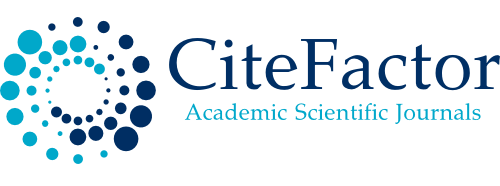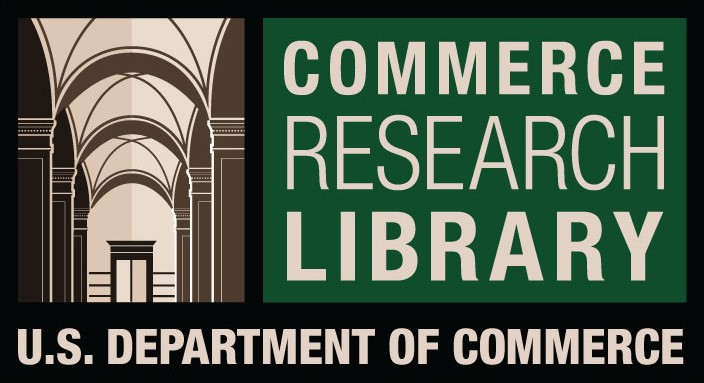THE EFFECT OF READING METHODS ON INCREASING THE READING ABILITY OF PRIMARY STUDENTS
DOI:
https://doi.org/10.61841/gg8g8d43Keywords:
Reading Method, Structural Analysis Synthesis Method,, -- , Gasuka Reading Method,, Reading Ability.Abstract
The purpose of this research is to analyze the reading ability of students who learn through the reading method of structural analysis synthesis (SAS) with the reading method of pictures and syllables (Gasuka). The research was conducted using an experimental method with Pretest-Posttest Control Group Design. The technique of collecting data used the oral test. The data analysis technique was conducted through a normality test, homogeneity test, and two- t-test. The results showed that there were differences in students' reading ability between groups taught using SAS reading method with Gasuka reading method. Other results also show that the group using the SAS reading method has an average value of N-gain of 0.55, while in the group using the Gasuka reading method has an average value of N-gain of 0.59. So, it can be concluded that the SAS reading method and Gasuka reading method can improve students' reading ability.
Downloads
References
1. Álvarez, C. J., Taft, M., & Hernández-Cabrera, J. A. (2017). Syllabic strategy as opposed to coda optimization in the segmentation of Spanish letter-strings using word spotting. Scientific Studies of Reading, 21(2), 99–108.
2. Baldwin, S., & Ching, Y.-H. (2017). Interactive Storytelling: Opportunities for Online Course Design. TechTrends, 61(2), 179–186.
3. Bano, J., Jabeen, Z., & Qutoshi, S. B. (2018). Perceptions of Teachers about the Role of Parents in Developing Reading Habits of Children to Improve their Academic Performance in Schools. Journal of Education and Educational Development, 5(1), 42–59.
4. Caminotti, E., & Gray, J. (2012). The effectiveness of storytelling on adult learning. Journal of Workplace Learning, 24(6), 430–438.
5. Campbell, T., & Hlusek, M. (2015). Storytelling for fluency and flair. The Reading Teacher, 69(2), 157– 161.
6. Chen, S.-F. (2017). Modeling the influences of upper-elementary school students’ digital reading literacy, socioeconomic factors, and self-regulated learning strategies. Research in Science & Technological Education, 35(3), 330–348.
7. Crossland, J. (2017). Optimal learning in schools–theoretical evidence: Part 2 Updating Piaget. School Science Review, 98(364), 77–83.
8. De Naeghel, J., Van Keer, H., & Vanderlinde, R. (2014). Strategies for promoting autonomous reading motivation: A multiple case study research in primary education. Frontline Learning Research, 2(3), 83– 102.
9. Ernalis. (2006). The Use of SAS Methods in Learning to Begin Reading and Writing in Primary Schools. Education Forum, 4(XXV).
10. Fedora, P. (2014). What all reading teachers should know and be able to do. Kappa Delta Pi Record, 50(1), 24–30.
11. Gellert, A. S., & Elbro, C. (2017). Try a little bit of teaching: A dynamic assessment of word decoding as a kindergarten predictor of word reading difficulties at the end of grade 1. Scientific Studies of Reading, 21(4), 277–291.
12. Irish, C. K., & Parsons, S. A. (2016). Sharing a Reading Technique With Families. The Reading Teacher, 69(6), 607–610.
13. Karakoc, A. I. (2018). Integrating Reading, Writing, Listening, and Speaking with Visuals. (Vol. 56, pp. 30–33). Presented at the English Teaching Forum, ERIC.
14. Koh, J. H. L. (2017). Designing and integrating reusable learning objects for meaningful learning: Cases from a graduate programme. Australasian Journal of Educational Technology, 33(5).
15. Ma, M., & Van Oystaeyen, F. (2015). A measurable model of the creative process in the context of a learning process. Journal of Education and Training Studies, 4(1), 180–191.
16. McDermott, P., & Gormley, K. A. (2016). Teachers’ use of technology in elementary reading lessons. Reading Psychology, 37(1), 121–146.
17. McIlraith, A. L., & Language and Reading Research Consortium. (2018). Predicting word reading ability: a quantile regression study. Journal of Research in Reading, 41(1), 79–96.
18. Ní Chróinín, D., Fletcher, T., & O’Sullivan, M. (2018). Pedagogical principles of learning to teach meaningful physical education. Physical Education and Sport Pedagogy, 23(2), 117–133.
19. Nippold, M. A. (2017). Reading comprehension deficits in adolescents: Addressing underlying language abilities. Language, Speech, and Hearing Services in Schools, 48(2), 125–131.
20. Nurrenbern, S. C. (2001). Piaget’s theory of intellectual development revisited.
21. Ouellette, G., Martin-Chang, S., & Rossi, M. (2017). Learning from our mistakes: Improvements in spelling lead to gains in reading speed. Scientific Studies of Reading, 21(4), 350–357.
22. Rahim, F. (2007). Teaching Reading in Elementary Schools. Jakarta: PT. Bumi Aksara.
23. Rasmitadila. (2014). Activity Book Children Learn to Read with the Gasuka Method. Media Pusindo.
24. Rasmitadila., Widyasari.,Prasetyo, T., Rachmadtullah, R., Samsudin, A., Tambunan, A.R.S. (2019). Design of Instructional Strategy Model Based on the Brain's Natural Learning System (MS-SiPAO) in Inclusive Classrooms in Higher Education, 7(11), 2352-2360.
25. Rasmitadila, R., Widyasari, W., Humaira, M. A., Tambunan, A. R. S., Rachmadtullah, R., & Samsudin,
A. (2020). Using Blended Learning Approach (BLA) in Inclusive Education Course: A Study Investigating Teacher Students’ Perception. International Journal of Emerging Technologies in Learning (iJET), 15(02), 72-85.
26. Reza, R., Rasmitadila. (2020). The Role of Civic Education Teachers in Implementing Multicultural Education in Elementary School Students, 8(2), 540-546.
27. Schcolnik, M., Kol, S., & Abarbanel, J. (2016). Constructivism in theory and in practice. (Vol. 44, pp. 12– 20). Presented at the English teaching forum, ERIC.
28. Seechaliao, T. (2017). Instructional strategies to support creativity and innovation in education. Journal of Education and Learning, 6(4), 201.
29. Setyani, W. (2012). Sas Method (Synthetic Analytical Structural) In Improving Early Reading In Class I Elementary School. Kalam Scholar PGSD Kebumen, 1(1).
30. Solchan, T. ., Mulyati, Y., Syarif, M., Yunus, M., Werdiningsih, E., & Pramuki, B. (2010). Pendidikan Bahasa Indonesia di SD. Jakarta: Universitas Terbuka.
31. Uliyanti, E. (n.d.). Increased Beginning Reading Ability in Learning Indonesian Using Spelling Methods in Primary Schools. Journal of Education and Learning, 4(12).
32. Zipoli Jr, R. P. (2017). Unraveling difficult sentences: Strategies to support reading comprehension. Intervention in School and Clinic, 52(4),
Downloads
Published
Issue
Section
License

This work is licensed under a Creative Commons Attribution 4.0 International License.
You are free to:
- Share — copy and redistribute the material in any medium or format for any purpose, even commercially.
- Adapt — remix, transform, and build upon the material for any purpose, even commercially.
- The licensor cannot revoke these freedoms as long as you follow the license terms.
Under the following terms:
- Attribution — You must give appropriate credit , provide a link to the license, and indicate if changes were made . You may do so in any reasonable manner, but not in any way that suggests the licensor endorses you or your use.
- No additional restrictions — You may not apply legal terms or technological measures that legally restrict others from doing anything the license permits.
Notices:
You do not have to comply with the license for elements of the material in the public domain or where your use is permitted by an applicable exception or limitation .
No warranties are given. The license may not give you all of the permissions necessary for your intended use. For example, other rights such as publicity, privacy, or moral rights may limit how you use the material.









